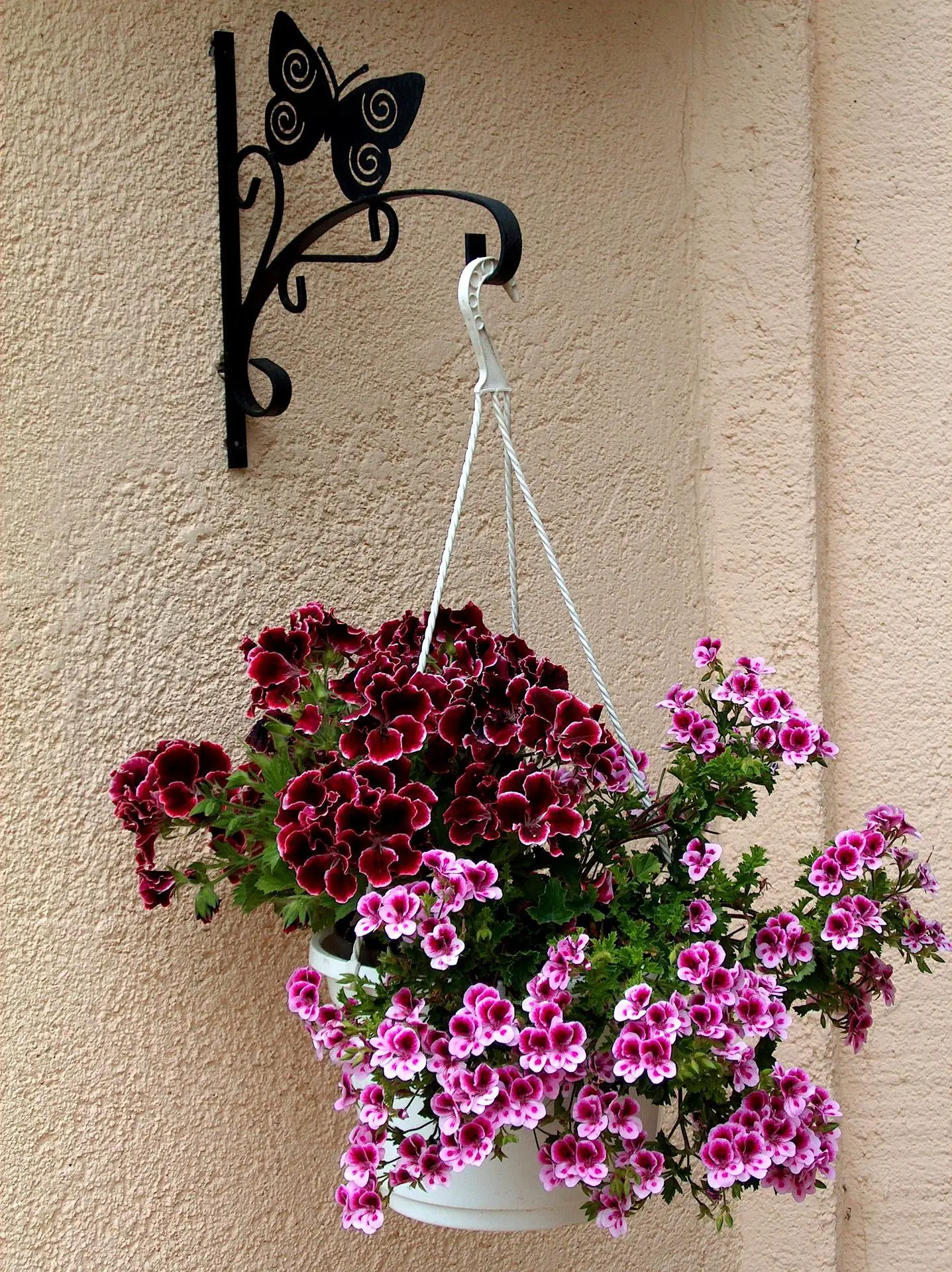Container gardening is an perennial alternative for those who want to start a garden but don’t have a lot of room. Container gardens are simple to set up and may be placed almost anywhere, including on a patio, balcony, or even inside. We’ll show you how to start container gardening, including which containers to use, which plants grow well in containers, and how to care for your plants, in this article.
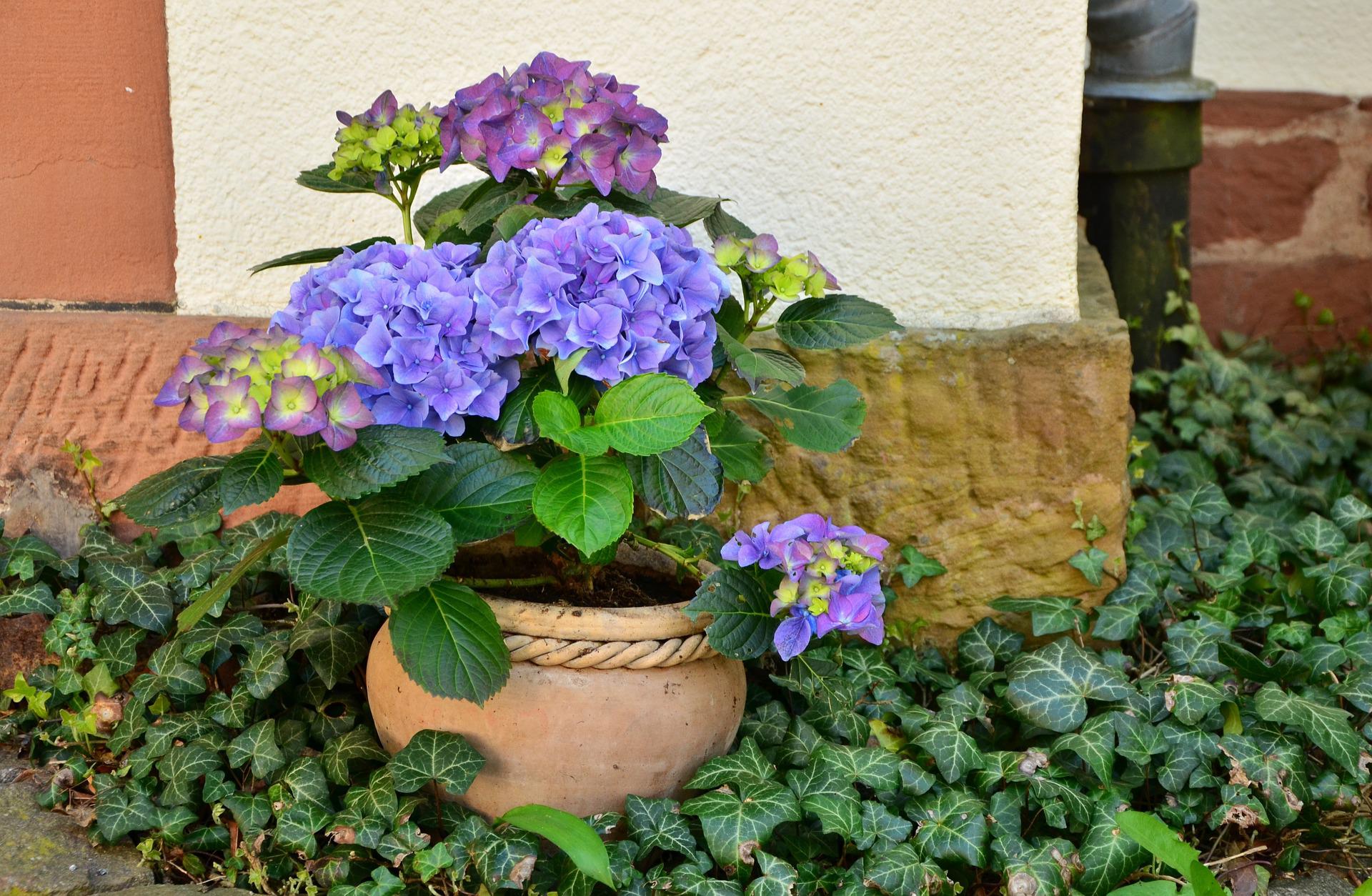
What is container gardening, and how does it work?
Container gardening is a style of gardening in which plants are grown in containers rather than in the ground. This gardening approach can be used in tiny spaces or regions where planting directly in the ground is impossible. Container gardens are also popular among people who move frequently because they are portable. Container gardening can be done in a variety of containers, including pots, planters, barrels, and buckets.
The size and type of plant you cultivate, as well as your personal tastes, will determine the container you use. In general, choose a container that is slightly larger than the root ball of the plant, as this allows the roots to expand. Container gardening can be a fun and satisfying way to get some exercise.
Container gardening’s advantages
Even if you don’t have a lot of space, container gardening is a terrific method to practise your green thumb. Here are a few of the most important advantages:
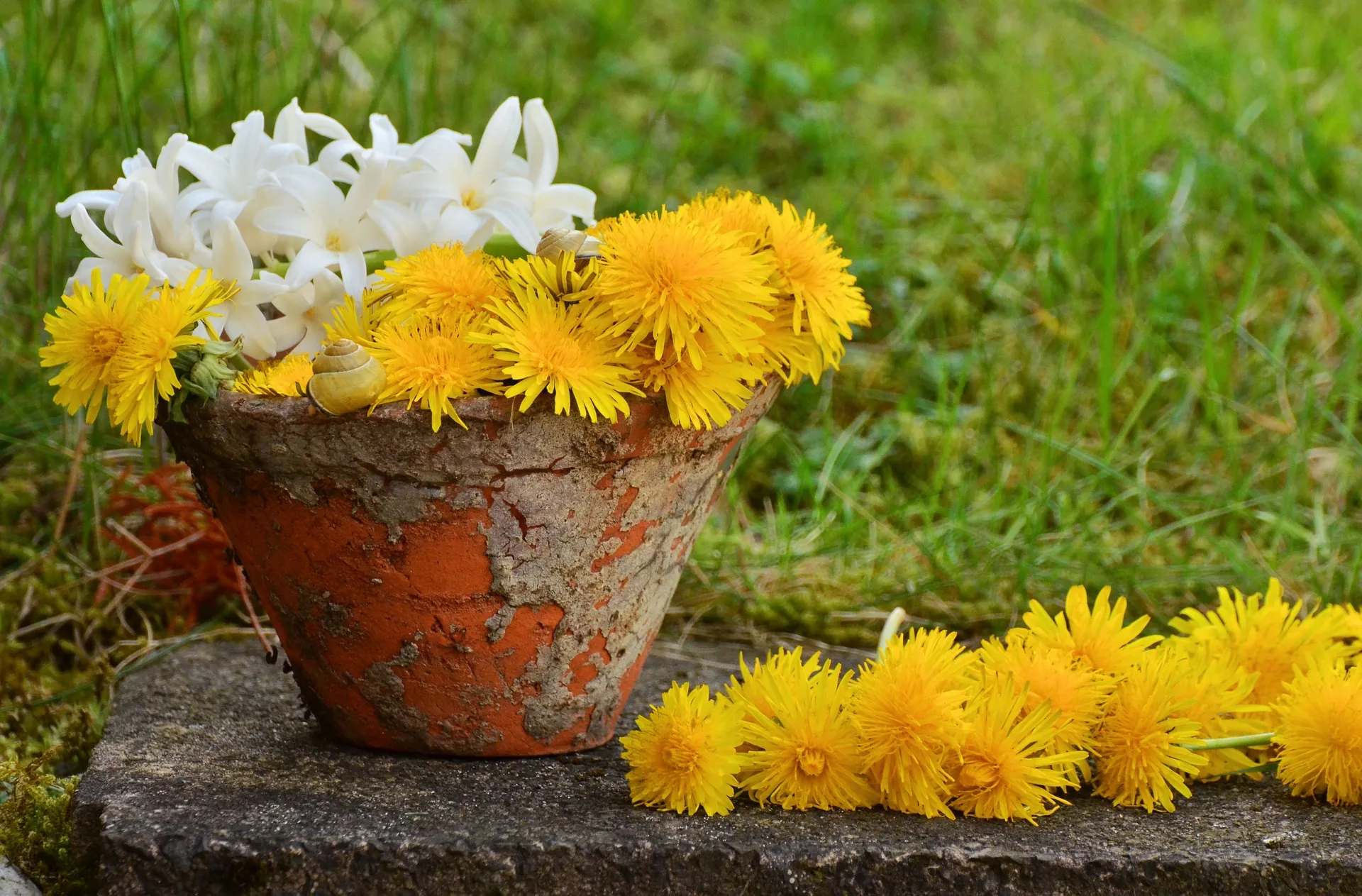
- From flowers and herbs to fruits and veggies, practically everything may be grown in a container.
- You may use any type of container for container gardening, from typical pots to repurposed materials like old barrels or wheelbarrows.
- Because you can easily regulate the environment in a container garden, you can establish ideal growing conditions for your plants. You can, for example, use a well-draining potting mix or a self-watering system to keep your plants from drying out.
- Container gardens are also moveable, allowing you to maximise your outside area by moving them around. You can even move your container garden with you if you’re relocating!
What containers are suitable for container gardening?
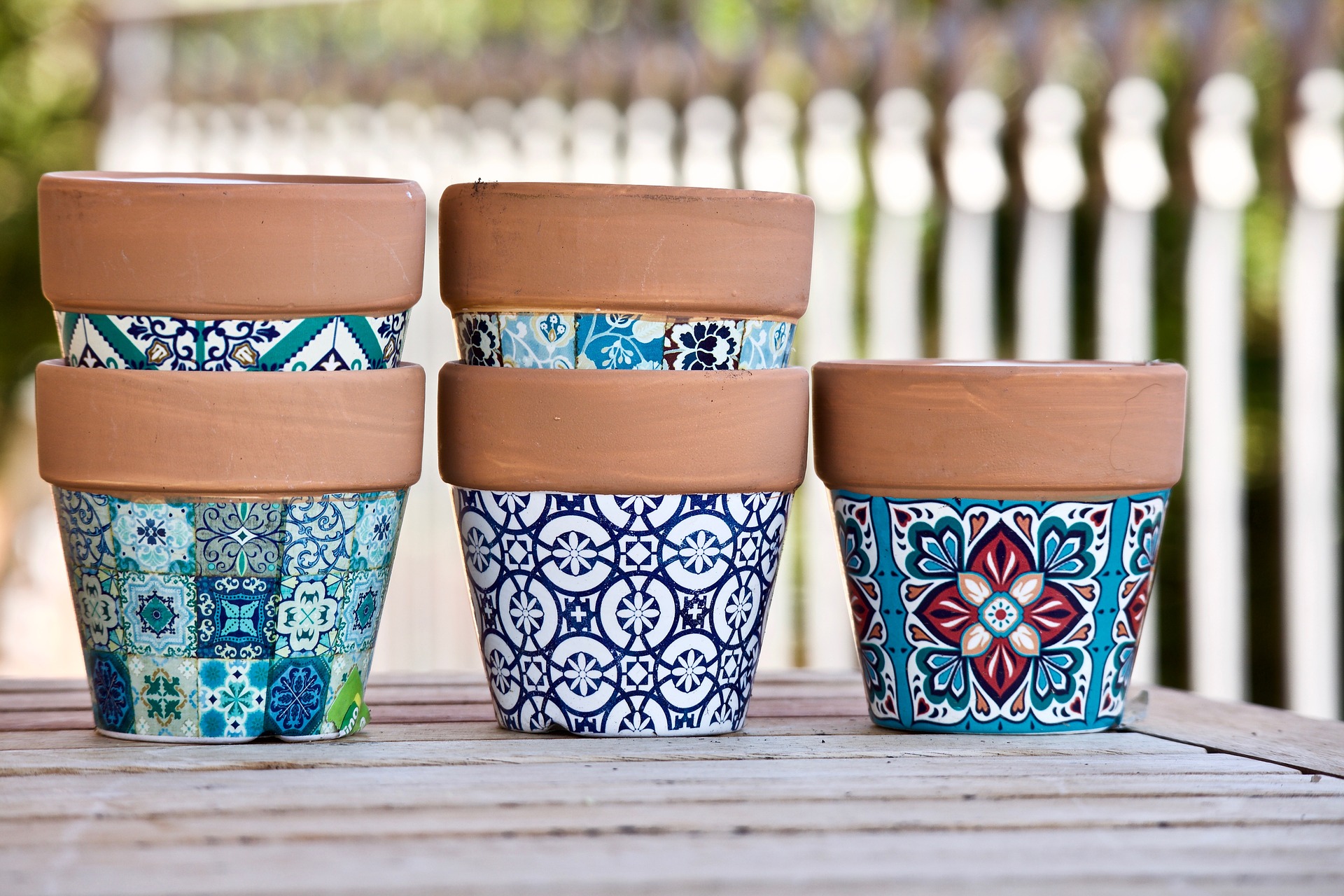
Make the best of what you’ve got. We can make things more difficult for ourselves by delaying getting started, waiting for the proper setting, or purchasing the “correct” containers and equipment. Begin with what you already have or may easily obtain. Container gardening is an excellent method to brighten up your porch or patio. It’s also a pleasurable and fulfilling pastime. However, before you can begin planting, you must first select the appropriate container. Here are a few things to think about:
- Terra cotta pots are a classic choice, but they can be heavy and easily broken.
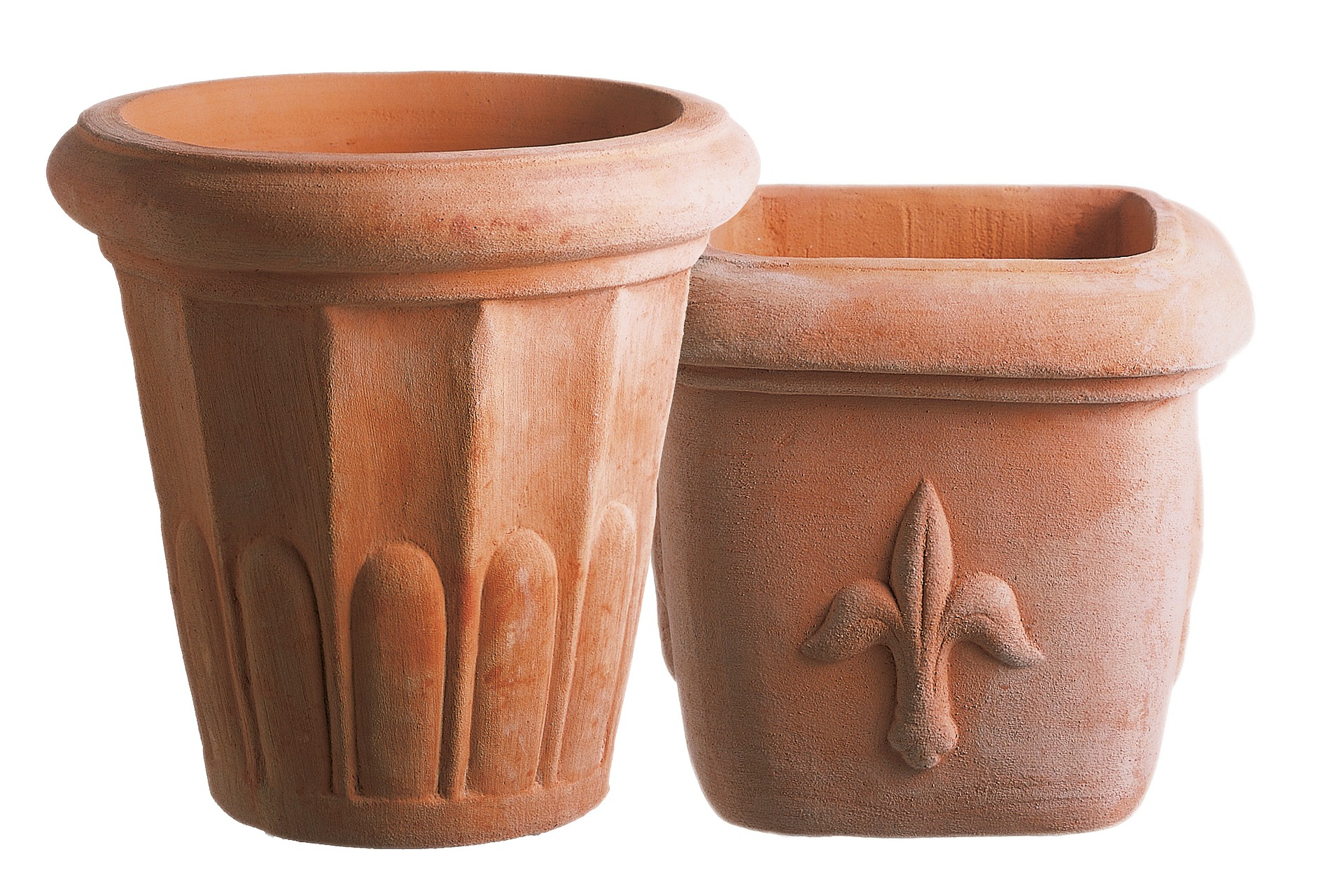
- While plastic pots are lightweight and affordable, they are susceptible to cracking under severe temperatures.
- Ceramic pots are lovely and long-lasting, but they are pricey.
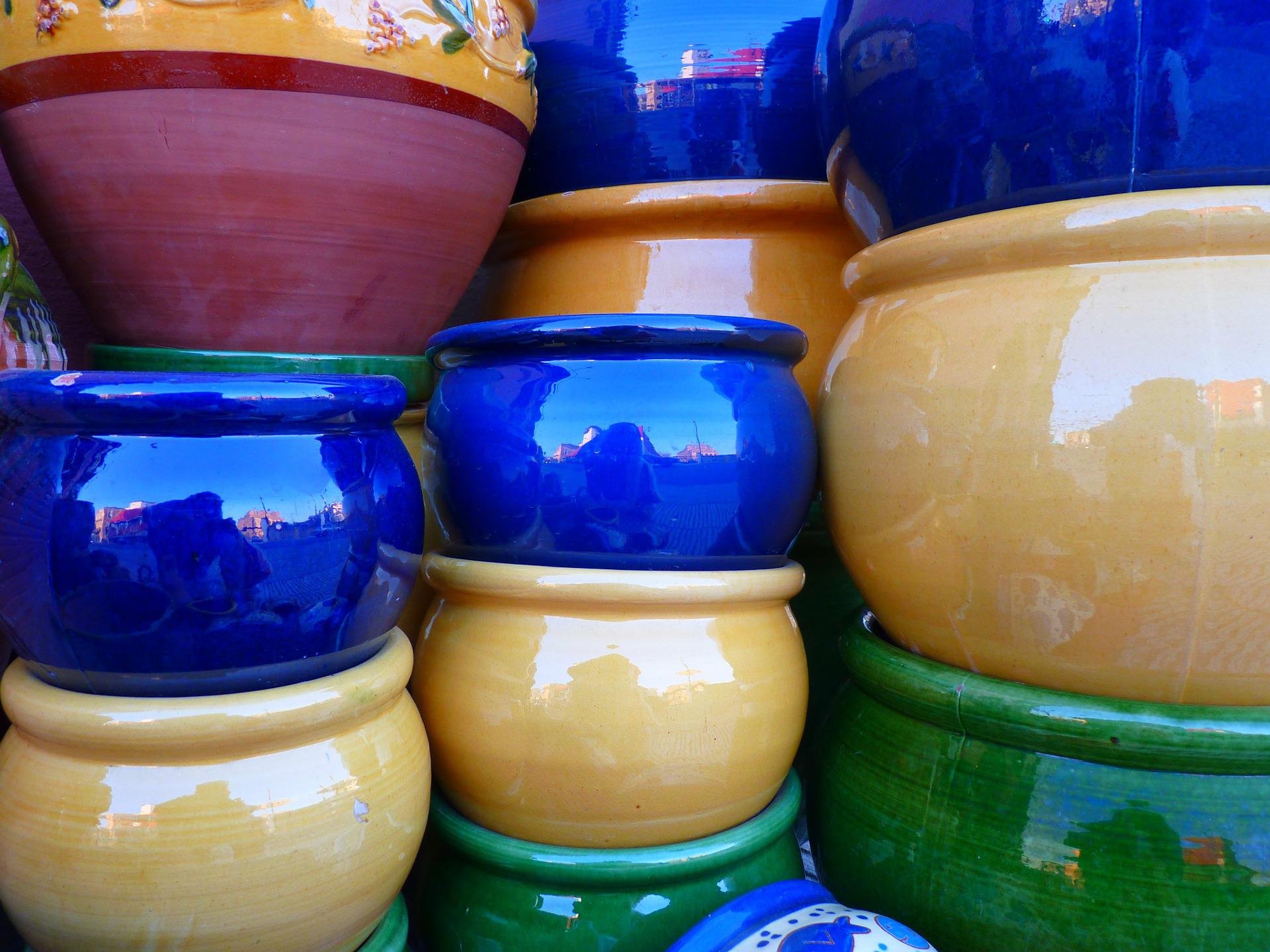
- Self-watering pots are ideal for individuals who wish to cut down on watering, although they can be more expensive than other options.
The ideal sort of container for container gardening is ultimately determined by the gardener’s budget, demands, and tastes.
Green thumb protocol
A few pointers to keep in mind:
- Size: Large pots can hold more plants, but they are also heavier and more difficult to transport. Smaller containers are easier to handle, but they require more of them to have the same effect.
- Material: Containers can be manufactured out of a variety of materials, including plastic, metal, resin, and ceramic. Each has its own set of pons and cons. Plastic, for example, is light and cheap, but it does not hold heat well, so your plants may require extra water in hot weather.
- Drainage: To survive, most plants require adequate drainage, so ensure sure your container has one or more holes on the bottom. Your plants may have root rot if you don’t do so.
- Style: When it comes to style, there are many of options. Containers come in almost every form, colour, and design imaginable. It’s up to you to figure out what looks best in your room.
What kinds of plants do well in pots?
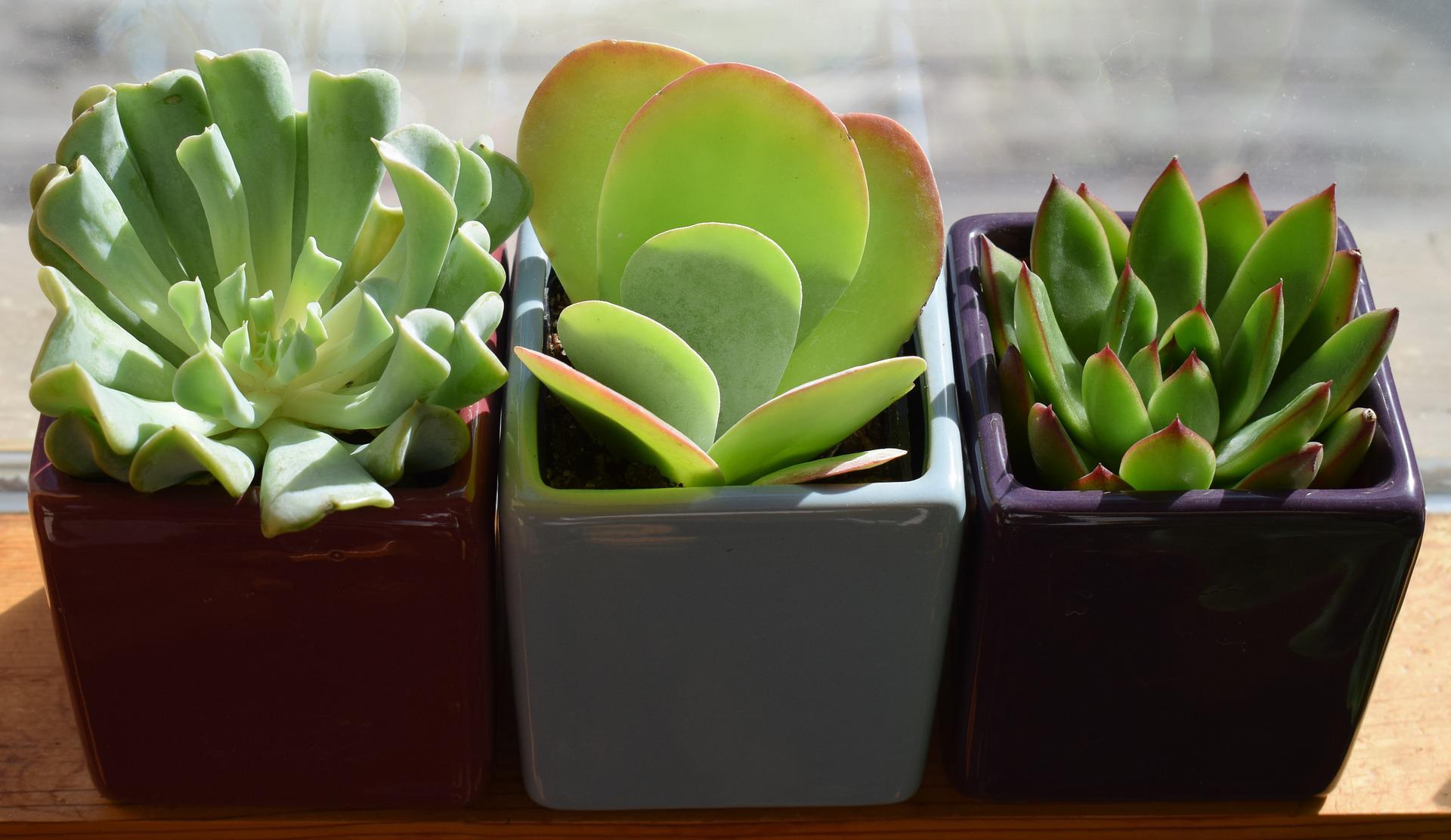
- Almost everything, including fruit trees, may be grown in a container. However, not all plants thrive in containers. Here are some expert recommendations for selecting plants for your container garden.
- Consider the size of your container first. Make sure it’s big enough to fit the root system of the plant you’ve chosen. Because the roots of smaller containers dry out rapidly, they must be watered more frequently.
- Avoid cramming too many plants into a single container, since this will crowd the roots and prevent the plants from receiving the nutrients they require.
- After that, consider the lighting in your home. Because different plants require different quantities of light, it’s vital to choose a plant that will thrive in the location where your container will be placed.
- Ask a nursery employee for assistance if you’re not sure how much light your chosen place gets. They can propose a plant that will thrive in your environment.
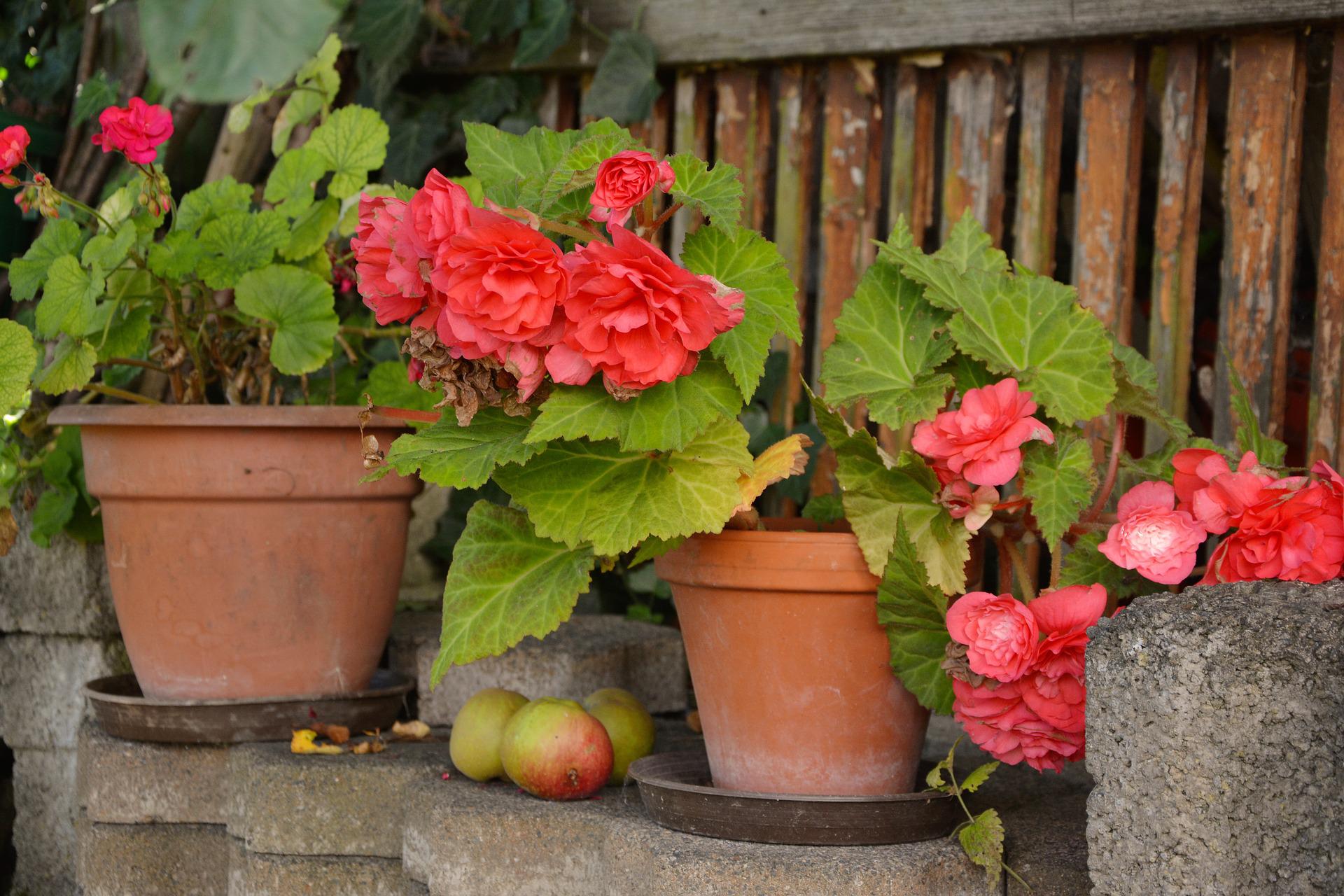
- Finally, think about the climate where you live. If you live in a hot region, choose a heat-tolerant plant for your container garden. Choose a plant that can resist occasional frost if you live in a cold environment.
- Annuals are one of the most popular container garden plants because they provide a burst of colour that can be readily replenished year after year. Many types of herbs thrive in containers, providing flavour as well as aromatherapy advantages.
- Some salad greens can also be grown in pots, allowing you to enjoy fresh produce grown right in your own backyard. Plants with shallow root systems are the best options for container gardening in general.
In a container garden, how do you care for your plants?
- To maintain your plants thriving in container gardens, you’ll need to give them a little extra attention. Here are some expert recommendations for maintaining your container garden plants.
- Make sure the container you purchase is the proper size for your plants. Your plant will become root-bound and won’t be able to absorb enough water if the pot is too tiny. The roots will struggle to acquire the nutrients they require from the soil if the pot is too large.
- Keep an eye on the drainage. Although most plants appreciate evenly moist soil, too much water can lead to root rot. To drain extra water, drill holes at the bottom of your pots. You could also want to add a layer of gravel to aid drainage.
- Fertilize on a regular basis. Because container plants deplete nutrients more quickly than in-ground gardens, fertilising every few weeks is critical. Select an organic fertiliser made especially for container plantings.
- Choose a high-quality potting soil. This gives the plants nutrition and aids in moisture retention.
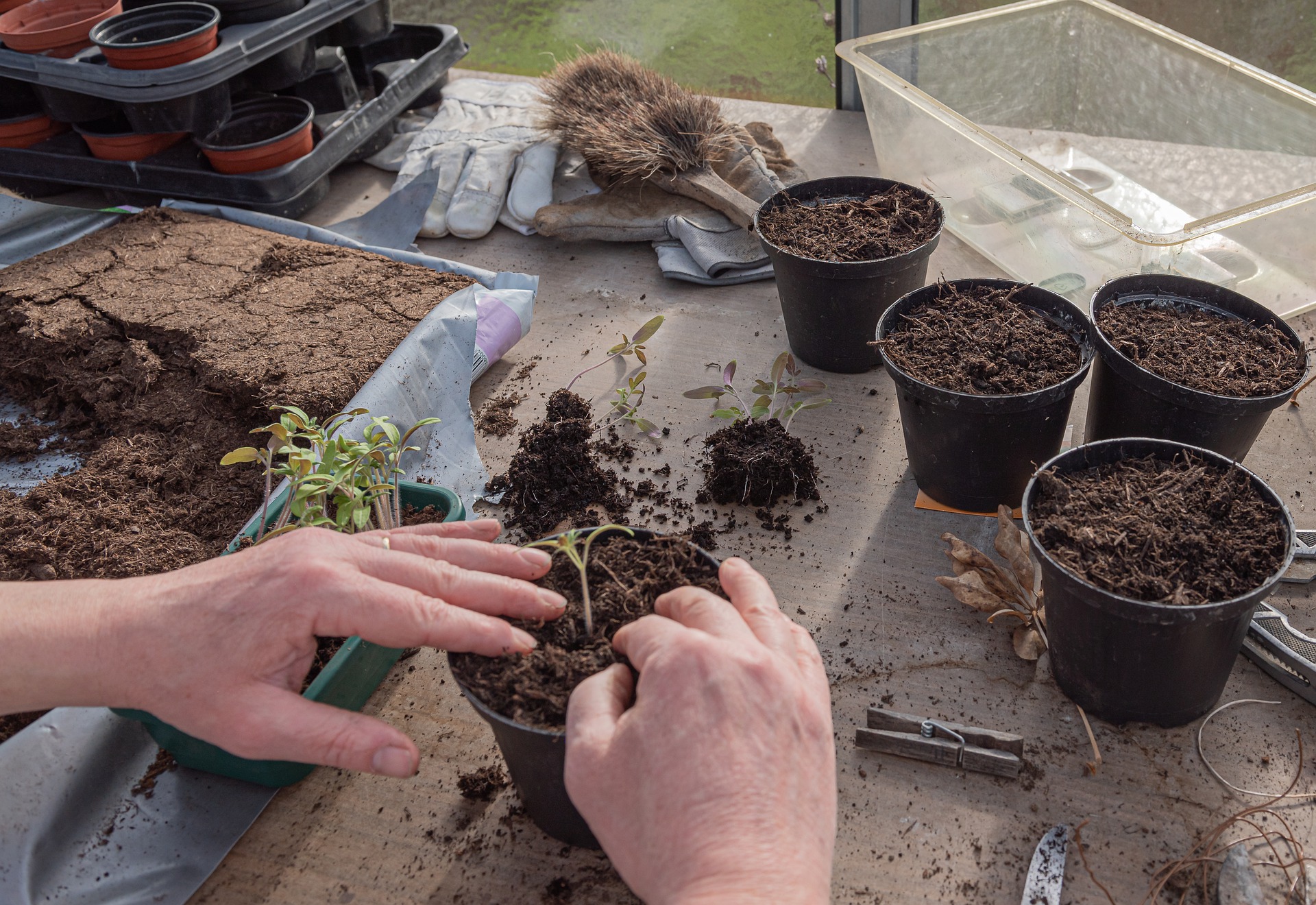
- Water your plants frequently and thoroughly. Because container gardens tend to dry out rapidly, it’s critical to keep an eye on the soil moisture levels. Before watering again, let the top inch or so of soil dry of
- Finally, provide some protection for your plants from high temperatures. If it becomes too hot, transfer them to the shade or somewhere where they will be protected from the breeze. Bring them inside or put them in a covered position if it’s cold outside. You can keep your container garden healthy and lovely all year by following these simple suggestions!
Common container gardening issues and how to avoid them
- Container gardens are a terrific way to bring colour and vibrancy to any room, but they can be finicky to maintain. Here are some of the most typical issues that might arise in container gardens, as well as ways to avoid them:
- One of the most prevalent issues is rootbound plants, which means their roots have grown too tightly packed. If the container is too small or the plant has outgrown its pot, this will happen.
- Because rootbound plants are more sensitive to stress and harm, repotting them into a larger container as soon as possible is critical. Another typical issue is that containers quickly dry out, particularly in warmer weather. The leaves wilt and the petals fall off as a result of this. Water your container garden on a regular basis to avoid this, and consider adding a layer of mulch to assist keep moisture.
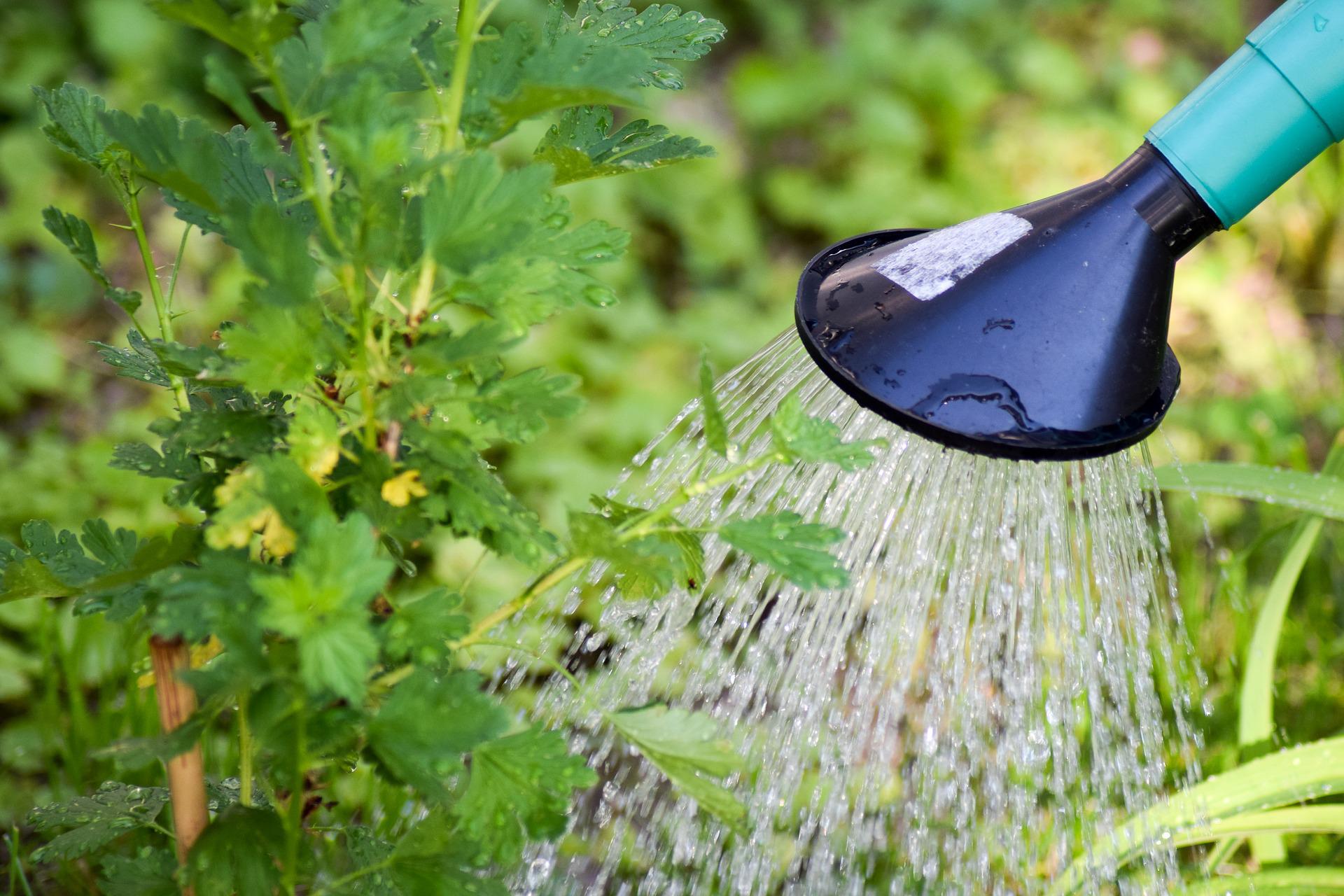
- Finally, container gardens are a favourite of many pests and diseases. Choose pest-resistant plants for your garden and keep an eye out for indicators of pests or illness to avoid an infestation.
So, container gardening is an excellent method to begin gardening. It’s simple, doesn’t take up a lot of room, and can be done almost anyplace. We’ve covered all you need to know about container gardening in this guide, including which containers to use, which plants thrive in containers, and how to care for your plants. You’ll be well on your way to a successful container garden if you follow these guidelines!
Enjoy The Web Stories……..
